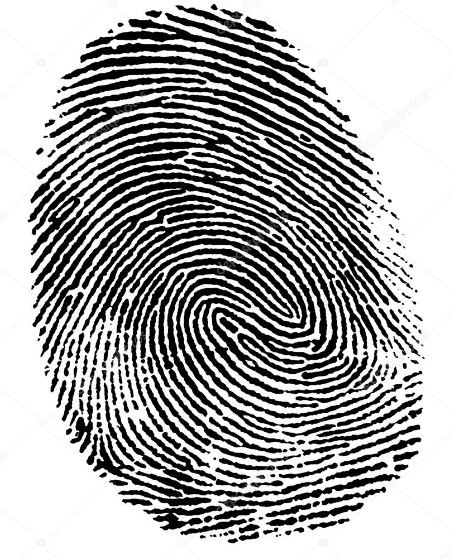How do Fingerprint Scanners work?
Hey friends, Happy Wednesday!
Let’s look at how fingerprint scanner works this week. I aim to write my newsletter issues in a way one can follow them while traveling on a bus, having a coffee, waiting for food, etc. Let's jump in!
Here is a simplified version of the complex process of fingerprint reading and registering.
How it works: 15-second answer
Fingerprint technology uses the distinct ridges and valleys on our fingers for secure access. Fingerprint scanners electronically read these patterns using capacitors on a screen. Capacitive scanners detect these patterns by interacting with the ridges, not the valleys. Key fingerprint features like the core, delta, and ridge terminations are digitally extracted from the image and stored for comparison during authentication.
How does a Fingerprint Scanner work?
Most mobile phones we use today, biometrics, and security entrances all have a fingerprint scanner to unlock and get access.
First things first.
Section 1: What is so unique about our fingers that we started using them for access?
All fingers on the palm side have river-like lines that protrude outside and stretch over the skin surface. They flow in different directions and are called ridges (black lines in Figure 1), and the gaps between these ridges are called valleys (White space in Figure 1). This is why you see white spaces on paper when you wet your thumb with ink and place it on a white sheet of paper, as the ridges have the ink on them but not the deeper valleys.
Likewise, the ridges are the ones that touch the screen of our mobile phones and not the valleys as they are not protruding outside.
And, a human’s fingerprint does not match with any other on planet Earth. Fascinating right?
Figure 1: Ridges (black) protrude outside and valleys (white spaces) are deeper down on our fingers on the palm side.
Section 2: How does a fingerprint scanner read these ridges and valleys electronically?
A definition before we proceed…
Capacitors are electrical components similar to a spring. If you compress a spring, the mechanical energy is stored until you decide to release the spring. Similarly, capacitors store electrical energy by holding an electrical charge.
Fingerprint scanners use very small and narrow capacitors all over the screen, powered by the battery. Also, our body conducts electricity as we have salts and water. That’s why we can get an electric shock in different situations.
Figure 2: Enlarged and exaggerated view of the valleys and ridges on our finger while interacting with the screen which has capacitors placed all over (marked in blue)
Now, when we place our finger on the fingerprint scanner, a charge transfer takes place between the ridges of our fingers and the capacitors. But not between the valleys and the capacitors as they are not in contact with the screen as seen in Figure 2. There is a voltage change in the capacitors touched by the ridges.
Thus, by mapping the locations on the screen where the capacitors were and were not affected by the ridges and valleys of our fingers, we can map the entire layout of the ridges and valleys of our fingerprints digitally.
Therefore, we have a digital print of our fingerprints similar to Figure 1 by mapping the location of these capacitors. But how do we extract unique features from this fingerprint?
Section 3: Feature extraction
Our phones can do two things:
Register and store a fingerprint
Compare a fingerprint to the stored ones.
To make these both possible, we need to extract some unique features of our fingerprint using algorithms and use them as references.
The key features that can be found in our thumbprints are shown in Figure 3. The important ones to look for are the core, delta, and ridge terminations with their direction of travel. Image processing techniques are used to find these unique shapes and are recorded in terms of 0s and 1s digitally. It can also be stored as an image. Simply having these features alone is enough to characterize a unique fingerprint.
Figure 3: Different patterns on a thumbprint: Core, Delta, and ridge terminations are the key. Though different algorithms can vary.
The core is approximately circular, and a delta is triangle-shaped like the symbol delta.
This fingerprint-scanning process is complete here if we want to register a new fingerprint. But it goes through one additional step if we want to give access by comparing it to a fingerprint we have on records.
Section 4: Feature matching
This step is straightforward to explain but not easy to implement. The location of the core, delta, and ridge endings in the saved and registered fingerprint files are compared to your fingerprint. You could place your fingers at a different orientation as well. So the algorithm performs image rotations on your fingerprint to match the features in that case. The access is provided (gate or phone screen unlocked) if the features match the one that is saved. If not, you’re not given an access.
Figure 4: Features from a thumbprint that tried accessing are attempted to match with the registered thumbprint to give access
This is how fingerprint registering and access works! Thank you for reading.
Have an amazing rest of the week, and take care.
Until next to next Wednesday,
Chendur




